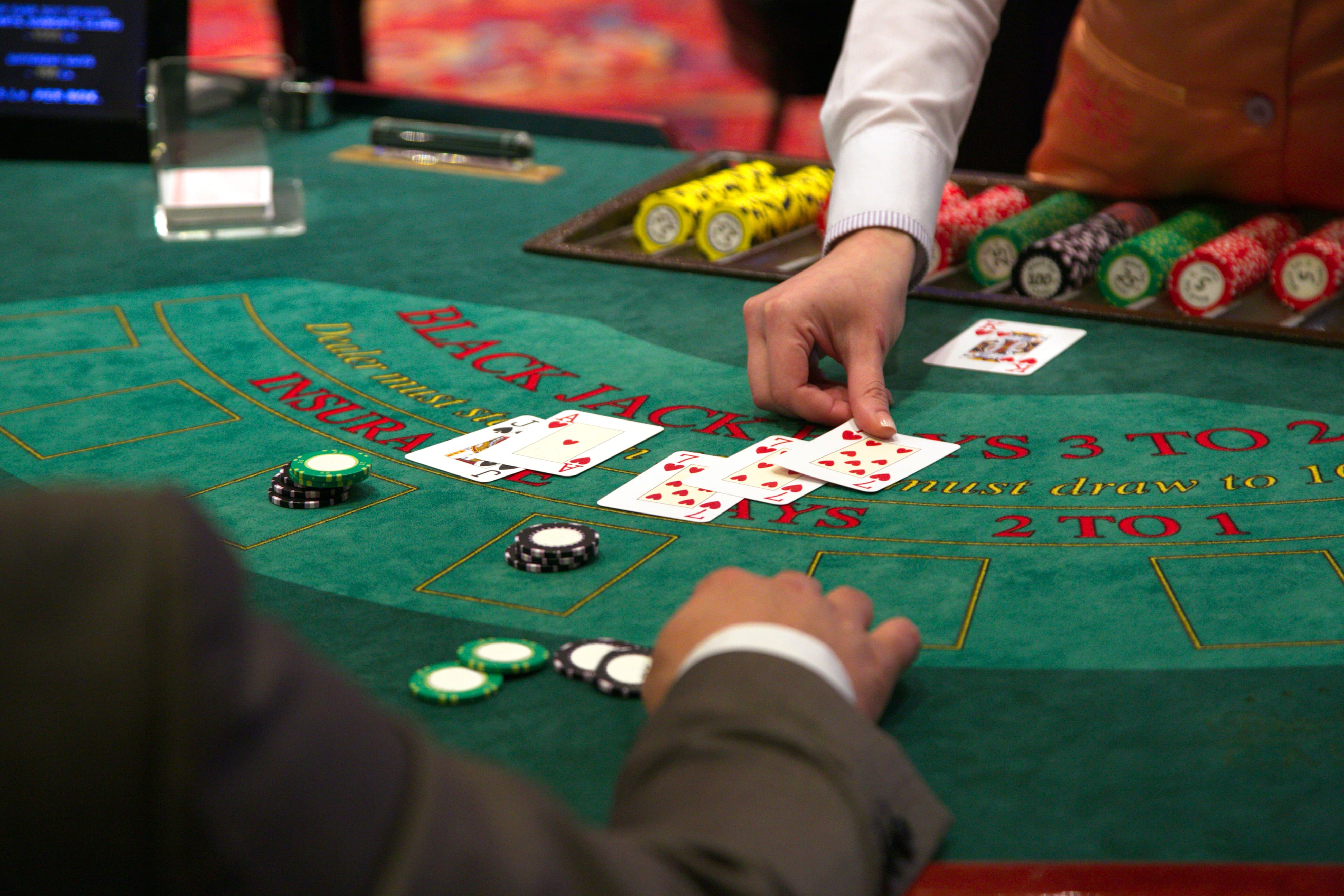In blackjack, Basic Strategy represents the mathematically optimal series of decisions that minimizes your losses over time. It tells you when to stand, hit, double down, split, and surrender (where you forfeit half of your initial bet to the casino).
Computer simulations running 400 million hands have solidified these decision points. However, certain situations demand strategic deviations from basic strategy to maximize your edge over the house.
If this article interests you, keep reading. Alternatively, explore other topics like blackjack side bets and craps strategy.
When Perfect Information Changes Everything
Imagine a situation where you have an initial two cards that total 16, while the dealer is showing a 7. Under normal circumstances, you'd follow basic blackjack strategy. But now imagine you somehow knew the next card was a 5.
Suddenly, the most profitable play becomes doubling down. That 5 transforms your hand into an unbeatable 21. Even if the dealer also draws to a total of 21, you push rather than lose. When winning becomes the most likely outcome, smart players want as much money as possible on the table, and that’s what doubling down does.
Unfortunately, most blackjack deviations aren't this straightforward. The most valuable strategy deviations depend on deck composition, and understanding which cards have been played to predict what remains.
You don't need to memorize every card from a 312-card, six-deck shoe (despite what Hollywood suggests in the movie "Rain Man"). Instead, card counters use a more elegant approach.
The Mathematics Behind Blackjack Deviations
First of all, you need to know how to count cards in blackjack. Each dealt card either adds to or subtracts from the initial advantage the casino has over the player. The shifting percentages can be tracked using any number of counting systems, each with its own pros and cons. The Hi-Lo remains the most popular card counting system because its simplicity reduces counting errors.

Understanding the Hi-Lo Count System in Blackjack
The Hi-Lo system assigns specific values to cards:
- Cards 2-6: +1
- Cards 7, 8, 9: 0
- Aces, face cards, 10s: -1
After each round, you calculate the running count by adding these values. However, the running count alone doesn't tell the complete story. You must convert it to the true count by dividing the running count by the estimated remaining decks to be played. One common method is to eyeball the discard tray and estimate how many full decks are left.
Say the running count is +15, and you think about three decks remain in a six-deck shoe. Then your true count is +5 (15 ÷ 3 = 5). This true count represents the normalized ratio of high cards to low cards remaining per deck.
Mastering the Blackjack Deviations Chart
The true count reveals when basic strategy deviations become mathematically justified. While over 175 individual index numbers exist, memorizing them all proves impractical. Instead, focus on the "Illustrious 18", the most profitable deviation plays.
The Power of the Illustrious 18
If you stick with these 18 plays every time, you could bump your edge by around 10%. This may not seem like a lot, but it adds up over time. Over the course of a year, your winnings can go from $25,000 to $27,500. That is easily a down payment on a car or a nice vacation.
The blackjack deviations chart below shows the Illustrious 18 using Hi-Lo count values:

The Illustrious 18 with Surrender Options
These 18 deviations represent the most advantageous departures from basic strategy based on Hi-Lo counting. Together, they capture roughly 80% of the potential gain from using the complete index set.
Key Guidelines for Card Counting Deviations:
- When surrender options are available, some indexes supersede the standard Illustrious 18.
- Only double when playing two hands or when playing one hand at maximum bet levels.
- When splitting tens, $ add 1 to each index for every stiff card you receive.
- For instance, if you split XX against a 5 and catch another X on one of them, the index shifts from 6 to 7 for future splitting decisions.
- TC ≥ for each decision.
Advanced Counting Systems and Precision
The Illustrious 18 index numbers vary between counting systems. The Uston APC system, a four-level count that includes an ace side-count, offers greater precision than Hi-Lo. This increased accuracy creates more precise index numbers for strategy deviations.
These are the most common forms of strategy deviations that a player will employ over their career. As the persistent student gains understanding and proficiency in additional forms of Advantage Play, more complex card counting deviations are adhered to.

Building Your Deviation Strategy
Look, I won't sugarcoat this – learning card counting deviations is tough work. You'll spend hours drilling the Illustrious 18 until your brain feels fried. There will be nights when you second-guess a deviation play and wonder if you made the right call. That's normal.
But here's what keeps serious players coming back: those small improvements in deviation accuracy add up fast. Miss a few key plays over a weekend and you're leaving money on the table. On the flip side, if you hit those moves, you’ll be ahead of most casual players.
The difference between knowing basic strategy and mastering deviations is what separates being another player at the table from being the player the pit boss keeps an eye on. So get your basics right, get comfortable with your count, and then start adding deviations bit by bit. Your bankroll will thank you for it.


